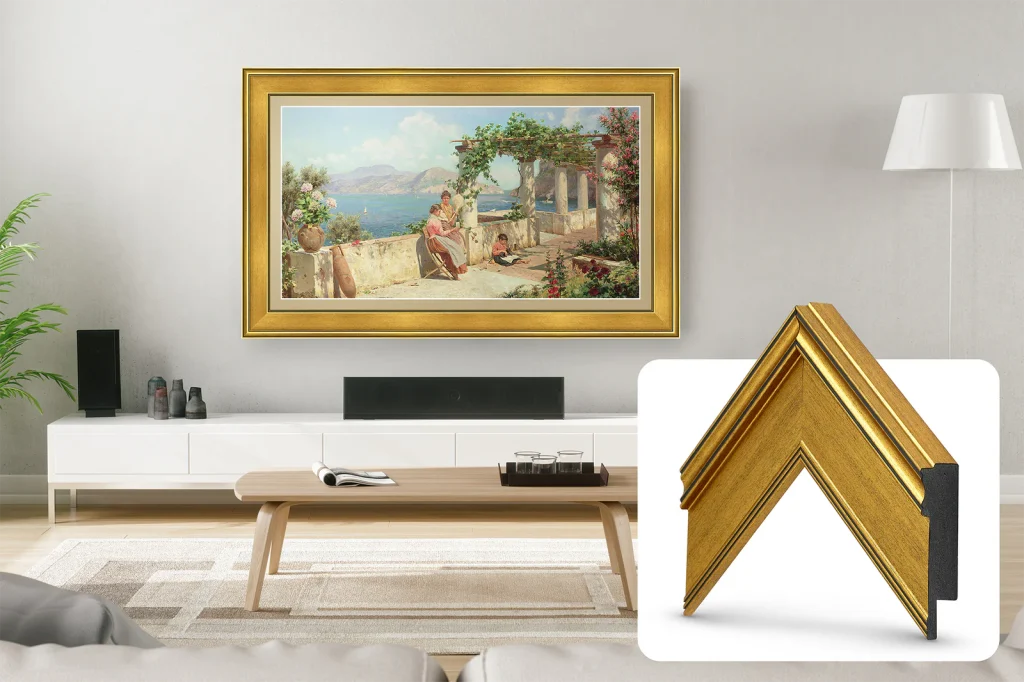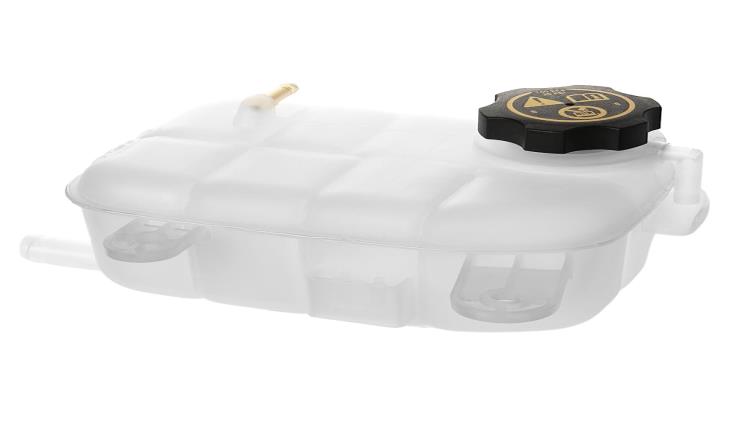Is there a design consideration when choosing a TV frame?

Television frames transform standard electronic displays into artistic focal points that complement interior design rather than disrupting visual harmony. These decorative elements create cohesion between modern technology and carefully curated home aesthetics while softening the stark appearance of flat screens. The growing popularity of television framing solutions reflects broader design trends emphasising personalisation of every element within living spaces, including previously utilitarian electronic devices now incorporated into intentional design schemes.
Specialised options from Deco TV Frames illustrate how custom framing can elevate televisions from technological necessities to intentional design statements. These purpose-built frames differ especially from standard picture frames through specific engineering considerations addressing heat dissipation, remote control functionality, and installation requirements unique to electronic displays. Despite similar visual appearances, the distinction creates important functional advantages compared to repurpose framing solutions not specifically designed for television applications.
Matching architectural elements
Selecting frames that echo existing architectural features creates visual continuity throughout living spaces. This design approach transforms televisions from disconnected technology objects into integrated elements referencing other permanent fixtures within the room. The cohesion creates a more sophisticated appearance than unframed displays that visually compete with surrounding design elements. Crown moulding profiles provide excellent inspiration for complementary television framing, with similar profiles creating subtle connections between ceiling details and entertainment areas. This deliberate mirroring of permanent fixtures helps televisions recede visually into the overall design scheme rather than standing apart as technological intrusions within carefully planned interiors.
Size proportion balance
Frame scale relative to television dimensions greatly impacts visual balance and perceived proportions. Properly sized frames enhance displays without overwhelming them, creating pleasing proportions that improve overall aesthetic appeal. This scaling consideration becomes particularly important for larger televisions that already command substantial visual attention within rooms.
- Frame width should typically measure between 2-4 inches for optimal proportion
- Larger televisions (65+ inches) generally require wider frame profiles
- Smaller displays (under 42 inches) benefit from narrower frame dimensions
- Viewing distance influences optimal frame scale perception
- The wall size relative to the television affects appropriate frame dimensions
- Room size considerations should inform overall framing proportions
These scaling relationships create mathematical harmony through proper proportions rather than arbitrary size selections. The dimensional relationships influence how prominently framed televisions feature within overall room composition, affecting everything from focal point hierarchy to visual weight distribution throughout the space.
Installation access considerations
Practical functionality requires thoughtful frame design, allowing proper access to television ports, ventilation, and mounting requirements. When selecting appropriate framing solutions for specific television models, these technical considerations prevent conflicts between aesthetic desires and electronic device functionality.
- Removable sides enabling access to lateral television ports
- Ventilation allowances prevent heat buildup during extended usage
- Cable management features conceal connection clutter
- Wall mount compatibility, maintaining proper display positioning
- Speaker clearance ensuring unobstructed audio performance
- Remote sensor accommodation preventing control interference
These functional requirements demand specialised frame design beyond decorative considerations, explaining why purpose-built television frames typically outperform adapted picture frame solutions for long-term satisfaction. The engineering considerations address real-world usage patterns while maintaining aesthetic appeal throughout the television’s functional lifespan. Thoughtfully selected television frames transform ordinary displays into design assets that contribute positively to interior aesthetics while addressing the practical functionality needs unique to electronic devices. The design consideration, balancing visual appeal and technical requirements, determines long-term satisfaction with these increasingly popular home decor elements.




